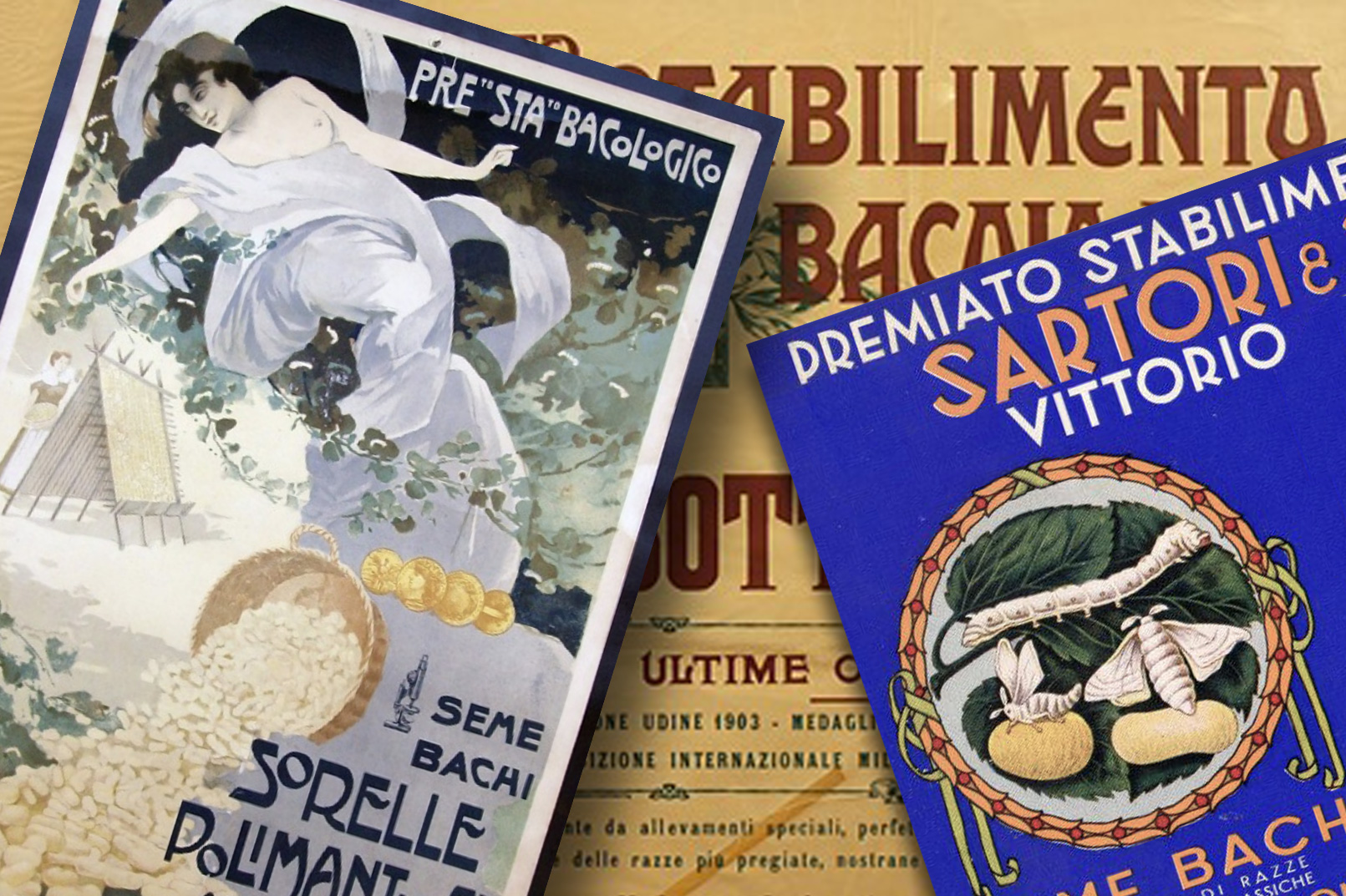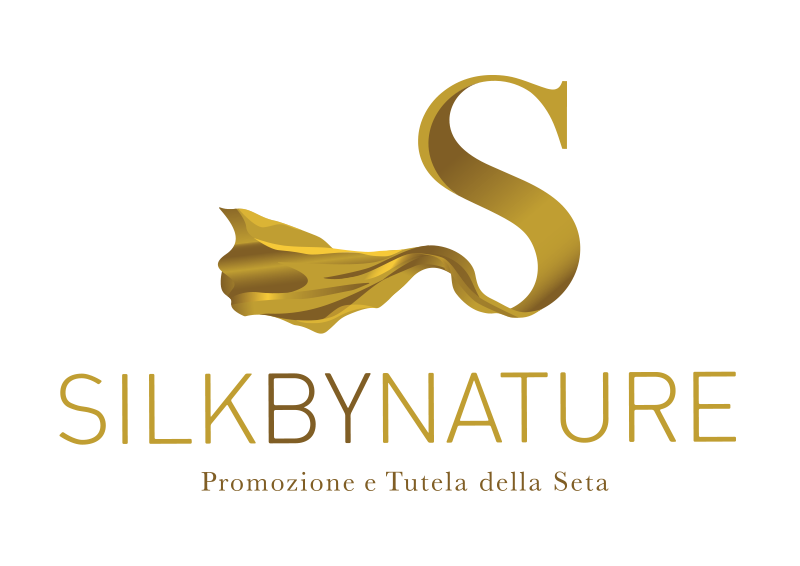
24 Jul Advertising posters and silk
In a romantic and industrious 19th century Italy, silk production became entwined with the advent and rise of advertising posters. It’s an unusual link between seemingly different and distant worlds. How and why did this unexpected union between trade, visual art and communication come about?.
A new way of promoting the silk industry
With the growth of industry and the expansion of trade, manufacturers began to realise the potential advertising held as a way of boosting their business reputation and increasing sales. That also included silk mills and silkworm-breeding institutes.
Previously, advertising had been mainly limited to small ads on page 4 of the daily newspaper, but, as production increased, the silk industry needed to find new, innovative ways of promoting its products and reaching new markets.
And so, many silk manufacturers and silkworm-breeding institutes turned to artists to create eye-catching advertising posters and customised graphics. These posters were printed in newspapers or displayed around cities, as well as popping up at international trade fairs and exhibitions to attract the attention of the general public and potential buyers, both domestic and foreign.
Different ways of communicating
The female figure took on a central and dominant role in representing the manufacturers of Ascoli Piceno, one of the most important European centres of the silk industry at the time. Women were depicted both in an elegant, graceful light, dancing wrapped in silk, and as workers sorting through mulberry leaves used to feed the silkworms.
This duality was a reflection of a two-way approach to promoting the silk industry. On the one hand, the aesthetic, luxurious aspects of silk were accentuated to draw consumers in, while, on the other, emphasis was placed on the important role of women and theirs efforts working in the silk industry.
In contrast, the posters produced by factories in Vittorio Veneto (Treviso) – another centre of excellence for silkworm breeding – displayed a more direct, product-oriented approach. Images of cocoons on a serving plate, worms turning into butterflies, and meticulous reproductions of silkworms were accompanied by texts emphasising the quality of the selection. The aim was very clearly to communicate the unique characteristics of the silk produced in the area.
These different styles of communication reflected how companies needed to find a way to promote themselves and stand out in the market, capturing the interest of consumers either by appealing to their emotions or by presenting factual information.
A common thread
In the 19th century, the growth of silk production and the expansion of advertising were thus intertwined, as the silk industry provided a solid base for the evolution of advertising and, at the same time, advertising helped to further promote the silk industry.
The use of advertising posters helped to make the Italian silk industry even better known and appreciated all over the world, further promoting its development and prosperity for a long period of time.




Sorry, the comment form is closed at this time.